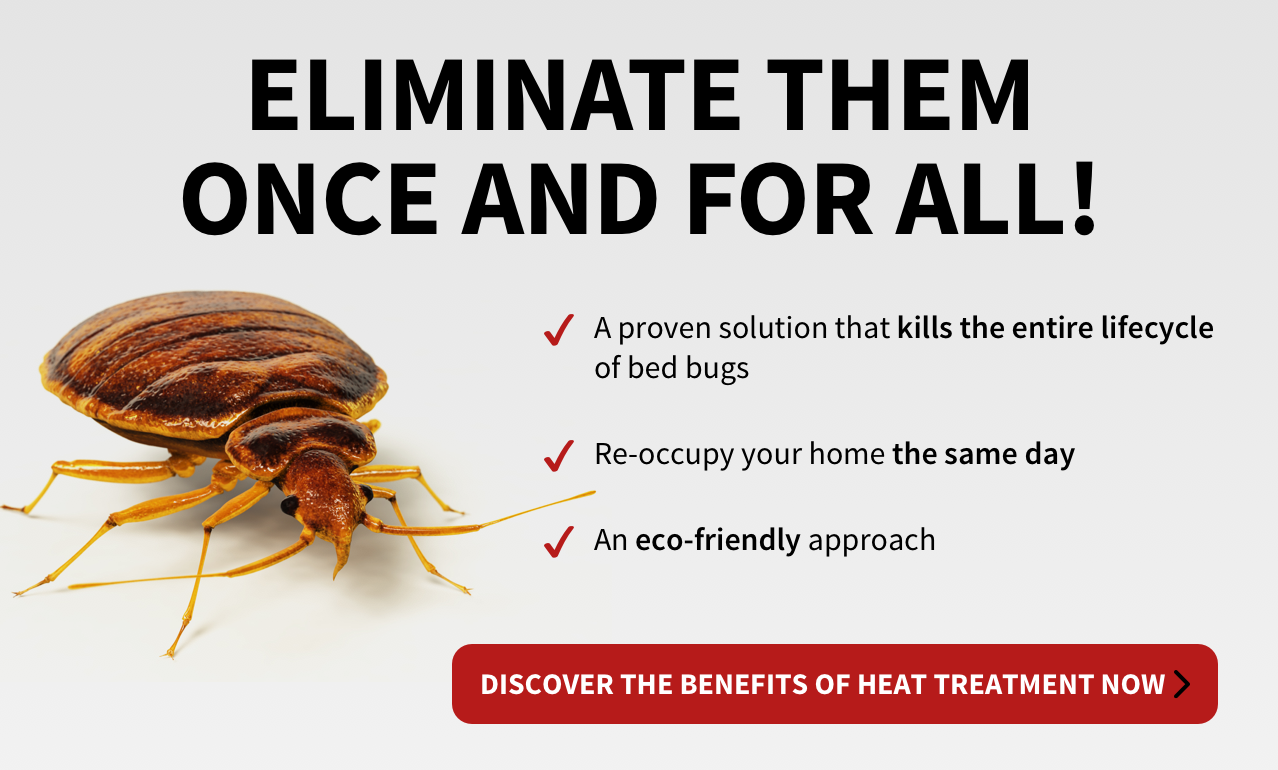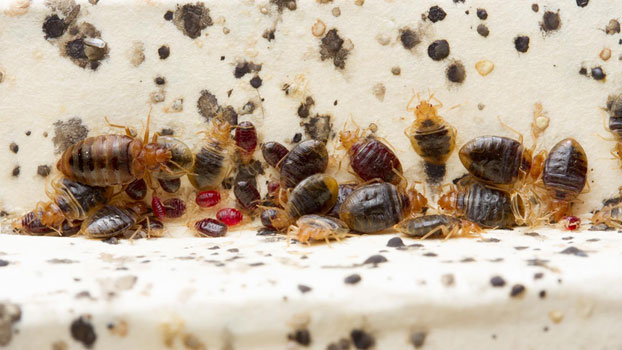Understanding the Lifecycle of Insects for Targeted Control Methods
Recognizing the lifecycle of pests is a fundamental element of reliable pest monitoring strategies. By comprehending the various phases of development that insects go through, a much more precise and targeted approach can be adopted to manage their populaces. This understanding not only sheds light on the vulnerabilities within the parasite lifecycle however additionally leads the way for implementing strategic procedures that can interrupt their development and reproduction cycles. Via a much deeper understanding of just how bugs thrive and advance, customized control techniques can be created to resolve certain points in their lifecycle, inevitably bring about more effective bug management end results.
Value of Understanding Parasite Lifecycle
Comprehending the lifecycle of parasites is crucial for establishing reliable and targeted control strategies in bug management. By comprehending the numerous stages a bug undergoes from egg to grownup, insect control specialists can determine susceptible factors in the lifecycle where intervention can be most effective. For example, recognizing when larvae are most active can aid figure out the optimum timing for using larvicides. Additionally, understanding the lifespan of a pest varieties can help in anticipating population development patterns and prospective infestation risks.
Additionally, recognizing the particular environmental conditions necessary for each and every phase of the parasite's lifecycle can lead choices on habitat modification or exclusion methods to disrupt the lifecycle and reduce pest populations. This knowledge enables pest administration specialists to implement proactive actions as opposed to depending exclusively on responsive treatments, causing even more lasting and lasting insect control services. Ultimately, a comprehensive understanding of insect lifecycles empowers pest control specialists to customize their approaches effectively, making the most of and minimizing environmental effects control results.
Trick Stages in Bug Growth
To effectively carry out targeted control strategies in bug monitoring, an important aspect hinges on adequately recognizing and recognizing the vital phases in pest advancement. Bug growth normally consists of numerous essential phases that are important for their lifecycle and monitoring. The initial stage is the egg phase, where bugs lay eggs that later on hatch out right into larvae. Larvae then progress into pupae, a stage where they go through transformation prior to becoming grown-up parasites. Understanding these stages is important as it helps in determining weak spots in the lifecycle where control procedures can be most efficient.

Vulnerabilities in Insect Lifecycle
Throughout the numerous phases of a parasite's lifecycle, distinct susceptabilities emerge that can be strategically targeted for efficient control actions. One essential susceptability find more info exists in the egg stage, where insects are typically more vulnerable to certain pesticides or organic control representatives due to their soft outer shell, making them simpler targets for treatment. Additionally, the larval or nymph phase presents vulnerabilities as bugs undertake rapid growth and growth, calling for high energy usage that can be manipulated by disrupting their food sources or introducing development preventions. Pupal stages, defined by immobility and makeover, offer a home window for targeted control with physical barriers or details treatments that hinder successful introduction. Ultimately, adult bugs, while extra resistant due to their reproductive find out here capacity, can still be susceptible during mating or egg-laying tasks, which can be interrupted via scent catches or sterilization techniques. Understanding these susceptabilities in the pest lifecycle is vital for establishing efficient and accurate control techniques that efficiently manage parasite populaces while lessening environmental effect.
Implementing Targeted Control Actions

Implementing targeted control procedures typically involves a multi-faceted method. This might consist of environment alteration to make the atmosphere less hospitable to insects, such as eliminating standing water for mosquito control or sealing entrance points for rodents. In addition, biological control methods can be used, where all-natural predators or microorganisms are presented to maintain pest populaces in check.
Chemical control, such as the mindful application of pesticides, is one more common strategy. Nonetheless, it is important to use these substances carefully to decrease ecological influence and potential injury to non-target species. Integrated Parasite Administration (IPM) strategies that incorporate different control steps in a coordinated and lasting way are usually one of the most effective in accomplishing lasting insect management objectives. By executing targeted control actions based on a comprehensive understanding of bug lifecycles, bug populaces can be successfully managed while lessening dangers to human health and wellness and the atmosphere.
Improved Parasite Monitoring Practices

Furthermore, the consolidation of organic control agents, such as all-natural predators or microorganisms of pests, can help in reducing reliance on chemical pesticides and advertise a much more well balanced community. Implementing physical obstacles and catches can additionally belong to boosted insect monitoring methods, providing non-toxic and read this article targeted remedies for pest control. Furthermore, using pheromones and various other semiochemicals can interrupt pest breeding patterns and interaction, bring about reduced insect populations gradually.
Verdict
By recognizing vital stages in insect development and vulnerabilities in their lifecycle, targeted control actions can be applied to lessen insect populations. Boosted bug administration practices can aid minimize the reliance on broad-spectrum chemicals and promote even more sustainable and environmentally pleasant pest control approaches.
Comprehending the lifecycle of parasites is crucial for creating efficient and targeted control strategies in bug management. By comprehending the various phases a parasite goes via from egg to adult, parasite control professionals can identify vulnerable points in the lifecycle where intervention can be most effective. Inevitably, a complete understanding of bug lifecycles equips parasite control professionals to tailor their methods efficiently, lessening environmental effects and optimizing control end results.
By executing targeted control actions based on an extensive understanding of bug lifecycles, insect populations can be effectively regulated while reducing threats to human health and the setting.
By recognizing crucial stages in insect advancement and susceptabilities in their lifecycle, targeted control measures can be executed to lessen parasite populations.
Comments on “Comprehensive A1 Bed Bug Extermination in Houston Location”